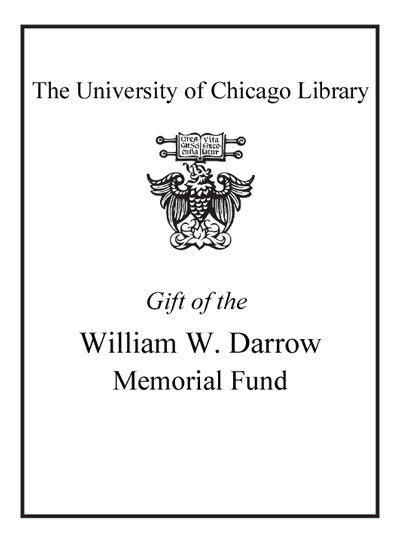Going local : working in communities and neighbourhoods /
Saved in:
| Author / Creator: | Pierson, John, 1944- |
|---|---|
| Imprint: | London ; New York : Routledge, 2008. |
| Description: | xiv, 195 p. : ill. ; 26 cm. |
| Language: | English |
| Series: | The social work skills series |
| Subject: | |
| Format: | Print Book |
| URL for this record: | http://pi.lib.uchicago.edu/1001/cat/bib/6639279 |
Table of Contents:
- Figures
- Activities
- Boxes
- Case studies
- Acknowledgements
- Introduction
- The structure of the book
- 1. Working in communities and neighbourhoods
- Defining 'neighbourhood' and 'community'
- Why working with communities and neighbourhoods is important
- 'Neighbourhood effects': what the research tells us
- The democratic imperative: grassroots meet the grasstops
- Government policy and the 'new localism'
- Developing community practice in social work and social care
- 2. Understanding community practice
- The difference between 'community-level' and 'community-based' services
- Defining community practice
- Community capacity building
- Delivering outcomes
- Preventive work
- Local knowledge
- 3. Collaboration and partnership: Delivering joined-up services in neighbourhoods and communities
- Why the old service silos are no longer up to the task
- Joining up the action: collaboration, alliances and partnerships
- Constructing effective partnerships
- Partnerships, power and 'lateral leadership'
- Local area agreements
- Barriers to collaborative functioning
- Specific difficulties in health and social care partnerships
- Building trust in collaborative relationships
- Building practitioner-centred networks
- 4. Engaging communities and neighbourhoods
- Why participation is necessary
- Community engagement and government policy
- Approaches to community engagement
- Practitioner skills and approaches
- Other means of involving local people
- Log frames
- Using volunteers
- 5. Neighbourhood services for children and families
- The importance of neighbourhood environments in children's development
- Outcomes and Every Child Matters
- Linking community building with services for children
- Assessment of children and families: paying close attention to 'the missing side of the triangle'
- The importance of the early years in achieving successful outcomes
- Working with and through schools
- Providing gender balance
- 6. Meeting the challenge of anti-social behaviour: Community-based services for young people
- Transition to adulthood as context for practice
- Outcomes for young people
- Anti-social behaviour and the respect agenda
- Emotional health and resilience
- Impulsivity and behaviour problems
- Working with schools on youth inclusion
- Youth offending and drug misuse
- Leaving institutions and resettling in the community
- Street-based youth work in deprived communities
- Community navigator: the 'lead professional'
- 7. Communities that care: dignity and well-being for older people
- Older people and social exclusion
- Outcomes for older people
- Neighbourhood-based services for older people
- Shoring up support networks
- Choice, personalisation and the local market for services
- Intermediate care and rehabilitation
- The seamless pathway
- Collaboration between health and social care
- 8. Bringing communities together: Overcoming faith and ethnic divides
- Fractured communities?
- Community cohesion policies
- The anti-racist heritage of social work
- The renewed importance of culture and religion
- Understanding the experience of new arrivals to settled communities
- Overcoming division and conflict
- Mediation and conflict resolution
- 9. Discussion on the activities
- References
- Index

